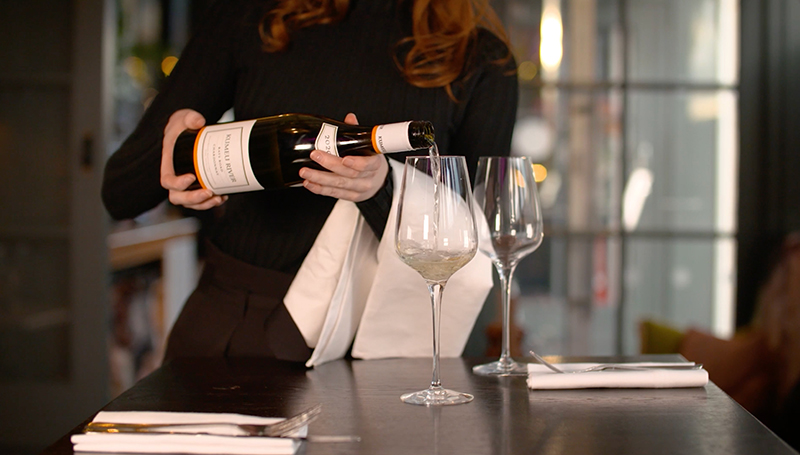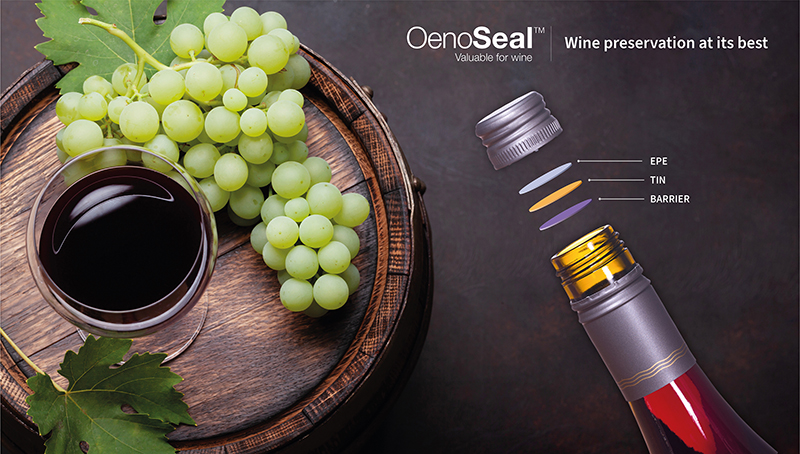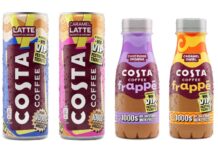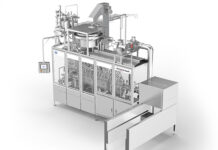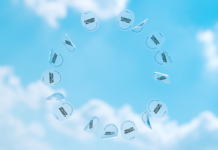Wine continued to be the second biggest value drinks category in Scottish venues in 2021/2022. However, with the cost-of-living crisis and sustainability making their mark on the sector, how is wine packaging continuing to adjust? Here, Stephane Triquet, VP of strategic marketing at Selig discusses the wine packaging predictions and how wine sealing is evolving.
THE wine industry is predicted to grow by a CAGR of 4.28% until 2026. A key factor expected to fuel growth over the coming years is premiumisation. Despite the low uptake of interest in wine amongst Gen Z’s and Millenials, older generations seem to be drinking more wine, with drinkers aged 60+ driving volume growth. Also, with the rising cost-of-living, it is expected that there will be increased demand for ‘big night in’ occasions. Low- and no-alcohol options are also moving onto the consumer’s radar, as ‘mindful drinking’ increases in popularity.
Wine packaging predictions
Whilst the industry navigates these and other challenges, wine packaging is also on the move. According to industry predictions, sustainability is driving a growing interest in the light weighting of glass packaging in non-sparkling wines, to help major retailers meet their carbon reduction targets. This is particularly important, as up to half of a wine’s carbon footprint comes from its glass bottle.
Recent innovative alternatives to glass include the first premium wine bottle made from 100% recycled PET. This was launched by Ron Rubin Winery in the US and, being made from PET, is 85% lighter than glass and has a third of the Greenhouse Gas emissions. In the spirits sector, Green Gen Technologies has packaged A. De Fussigny 2050 Cognac in a bottle made from flax fibres, plant-based resins and an RPET liner.
On-the-go consumption is also fueling packaging change and canned wine popularity continues to increase, particularly when paired with low-alcohol formulation RTD options. No wine packaging overview is complete without mention of the bag-in-box format, particularly as the traditional aluminium-lined bags are being replaced by malleable polymer alternatives that don’t trigger wine oxidation.
Evolutions in wine sealing
For many years the glass bottle and cork seemed like a match made in heaven. However, over recent years, issues with cork taint have led to wine providers exploring other options. The concerns around cork have led to alternative wine sealing methods, particularly screw caps, being explored. Following successful results of extensive screw cap testing by The Australian Wine Research Institute , 90% of New Zealand and Australian wine is now sealed with screwcaps.
The screw cap and liner – a match made in heaven
The secret to screwcap success is the seal, which is traditionally formed of a malleable aluminium alloy that is rolled onto the bottle. This is then combined with a wine liner that creates a seal between the closure and the bottle.
The screwcap and liner exclude oxygen from the bottle, and promote the development of the bottle’s bouquet. This high pressure hermetic seal is capable of withstanding relatively large pressure and temperature increases and is guaranteed against failure for 10 years (but realistically can be expected to last at least 20 years).
Screwcap and liner technology is cheaper than a cork and can be tailored to suit specific wine requirements. Much development work has gone into creating the perfect match between the wine, liner and screwcap, and the result is the industry leading wine liner – Selig’s OenoSeal.
The range offers excellent oxygen barrier performance, no negative impact on wines prone to reductive notes and a reduction and prevention of volatile sulphur compounds (VSCs), is also available with varying levels of oxygen permeability to suit different wines.
As well as eradicating wine taint, the range delivers high quality ageing and preservation performance.
The wine industry will no doubt have to overcome many challenges over the coming years, but wine packaging has come a long way in recent years. Now, that’s something worth raising a glass to!


